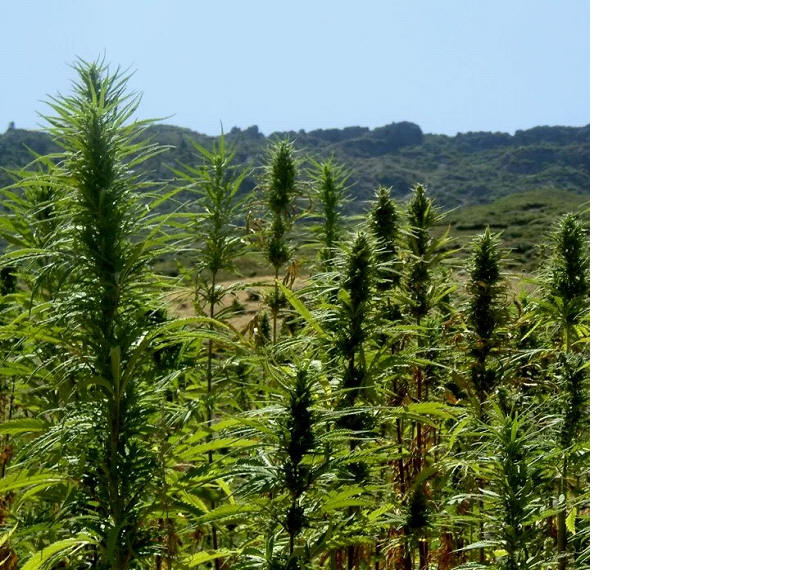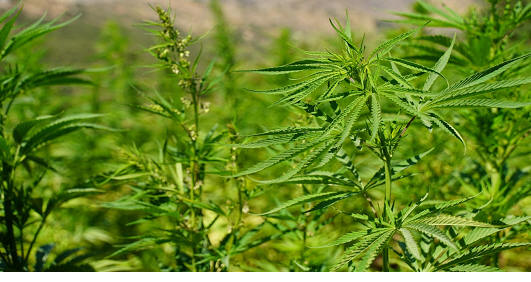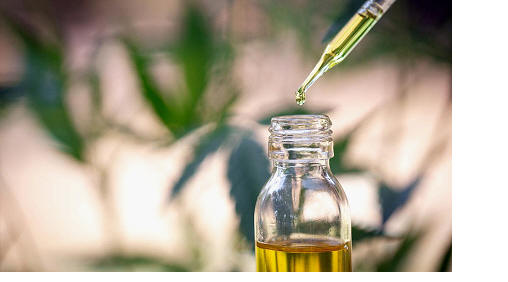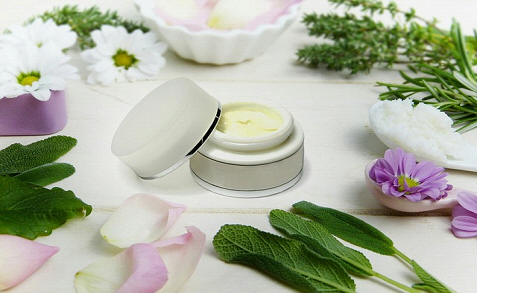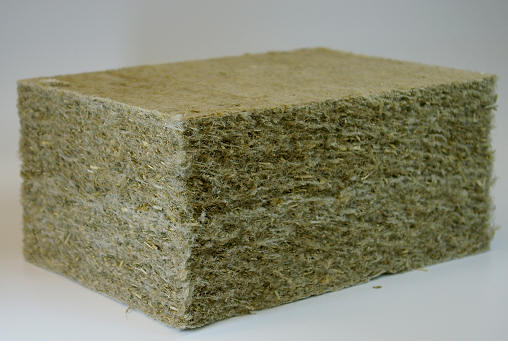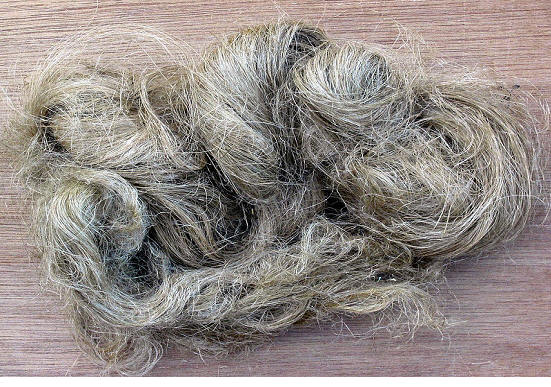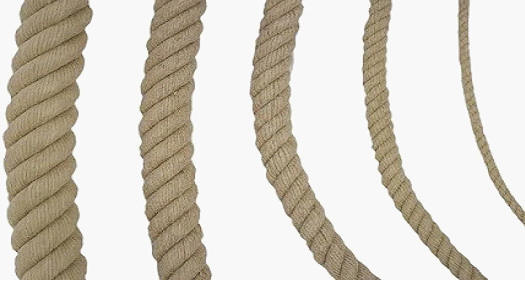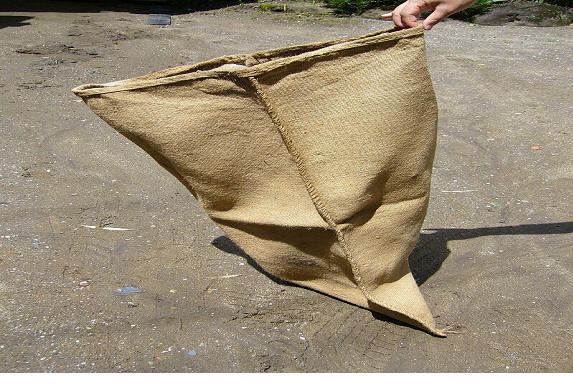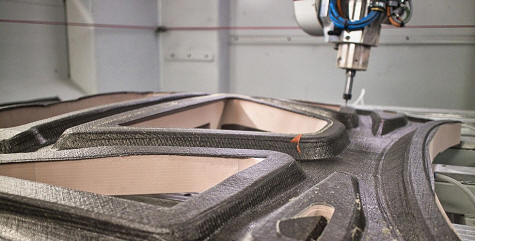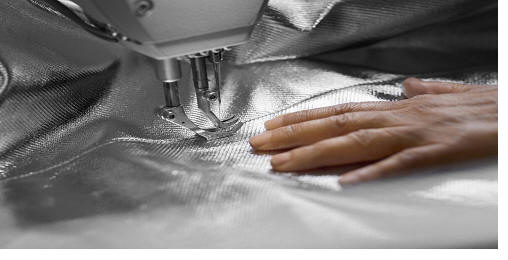Cannabis, zu Deutsch: Hanf, ist eine einjährige Pflanze, die sich in ländlichen Gebieten durch Selbstaussaat vermehrt und vielseitig genutzt wird.
Seit etwa 3000 vor Christus stellen Menschen aus Hanf Papier, Kleidung und Seile her. Heute wird Hanf auch zur Herstellung von Lebensmitteln und Kosmetikprodukten verwendet. Die Industrie verwendet dabei vor allem Hanfpflanzen der Gattung Cannabis Sativa, da diese die längsten Fasern hervorbringen.
Medizinische Verwendung
Aufgrund ihrer Wirkung wurde und wird die Hanfpflanze schon seit langer Zeit für medizinische Zwecke verwendet – zunächst in Asien, später auch im Nahen Osten, Europa sowie Nord- und Südamerika.
Cannabis-Medikamente werden vor allem in der medizinischen Praxis eingesetzt
- bei chronischen Schmerzzuständen, zum Beispiel neuropathischen Schmerzen oder Schmerzen durch Krebs
- bei Spastiken und Krämpfen durch Multiple Sklerose oder andere neurologische Erkrankungen
- bei Übelkeit und Appetitlosigkeit im Falle einer Chemotherapie
- bei Rheuma, Lepra, Durchfall oder Fieber.
Die wichtigsten Inhaltsstoffe der Cannabispflanze für medizinische Zwecke sind Cannabinoide und Terpene bzw. Terpenoide. Zu den wichtigsten der etwa 100 bekannten Cannabinoide zählen Tetrahydrocannabinol (THC) und Cannabidiol (CBD).
Da weibliche Pflanzen einen höheren Wirkstoffgehalt aufweisen, werden männliche Pflanzen in der Medizin nicht verwendet. In der Industrie sieht es allerdings anders aus: In der Europäischen Union dürfen Faserhanfsorten maximal 0,2 Prozent THC enthalten.
Wichtig ist, dass die Qualität der jeweiligen Pflanzenrohstoffe und deren THC- und CBD-Gehalt gewährleistet sind.
